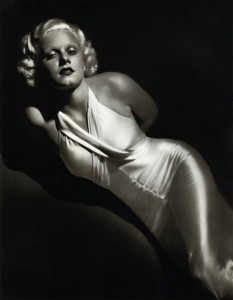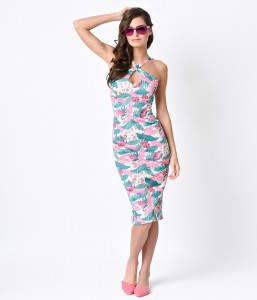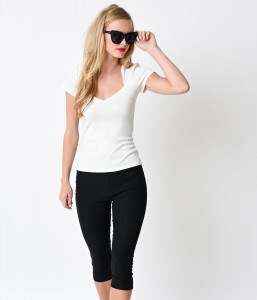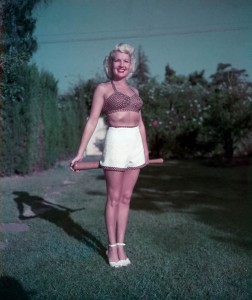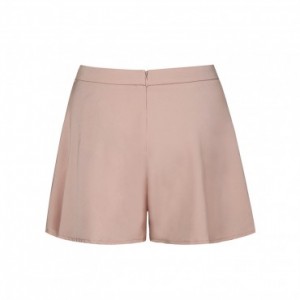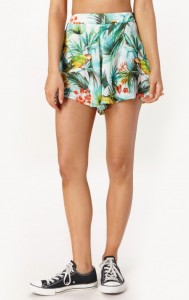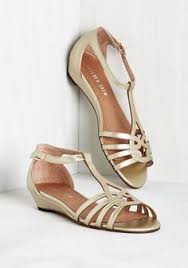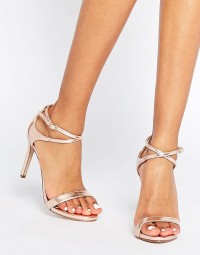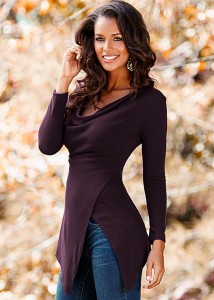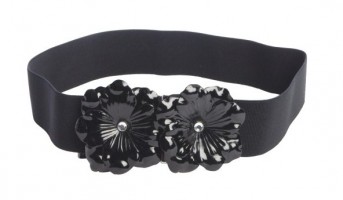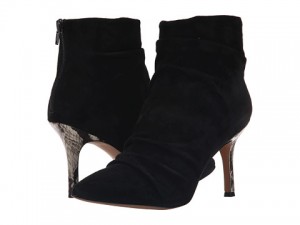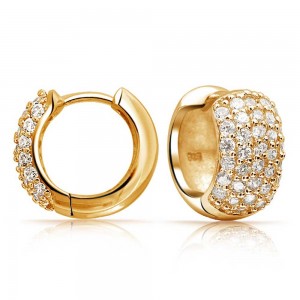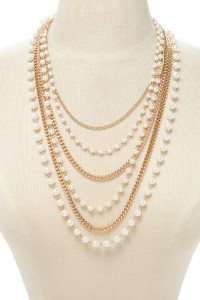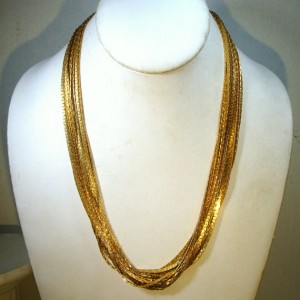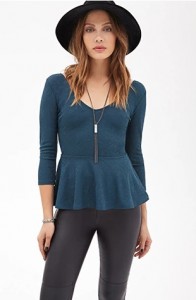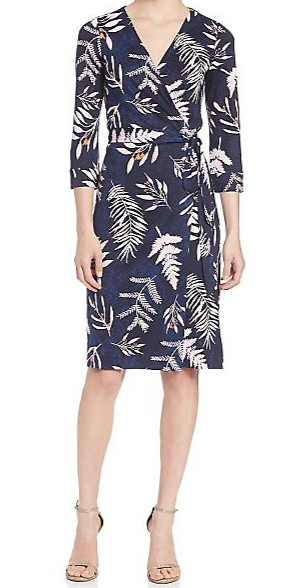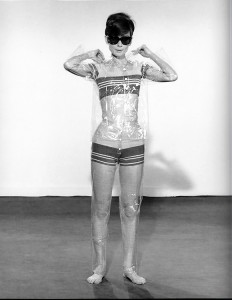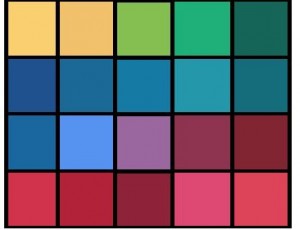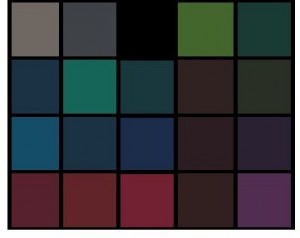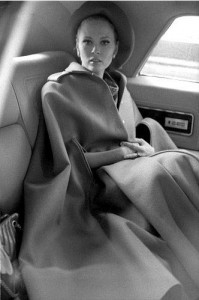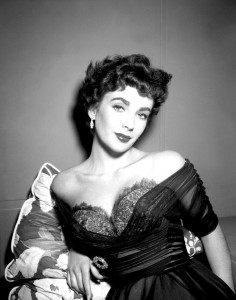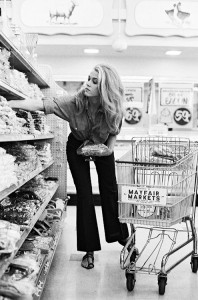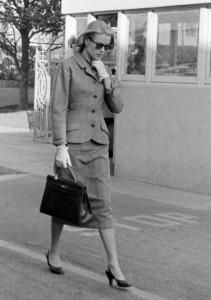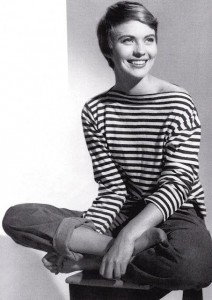This post uses affiliate links.
Before I begin, I think I need to clarify something that came up on my Facebook page. When I say “casual,” I don’t mean the most comfortable clothes you own, the things you wear to clean your house or run to the post office or work in the garden. These clothes fall outside of the purview of the Three Levels. I’m not going to tell you what Romantic workout wear looks like. Anything you’re supposed to sweat in, forget about Kibbe.
“Casual,” in the definition I’m using, is when you want to look nice, but you can still wear jeans. These are the clothes you’d wear to meet a friend to lunch or for a meeting at your kid’s school. Or if you work somewhere without a dress code, like I do, these are even things you may be able to wear to work. This version of casual includes things like dresses and skirts, and not every type will get jeans and a t-shirt.
With that in mind, let’s talk Theatrical Romantic Casual. One of the common concerns from people who think they might be Theatrical Romantic is that they don’t want to be so “done up” all the time. They live a more casual lifestyle and want to be comfortable. My answer for these people is that there is good news and there is bad news.
The good news is that you can be comfortable. Clothing doesn’t have to be sloppy to be comfortable. Jeans actually aren’t really all that comfortable when you think about it. The clothes you will wear in Theatrical Romantic Casual are going to be no less comfortable than the clothes your SN and FN sisters get to wear.
There is a “but,” however, and that is the bad news. You will still look more dressed up. You do not lose your glamorous side just because you’re not going to a fancy event. You will be glamorous whenever you leave your house, except for the exceptions I mentioned above. You don’t have to be glamorous if you’re doing physical labor or exercise or lounging at home. But the rest of the time, if you want to preserve what makes Theatrical Romantic special, you need to retain your innate glamour. (This will apply to Soft Dramatic as well, which I will cover at a later date.)
Retaining glamour is not a question of just adding rhinestones to things that would look better on a Natural type. The lines of the clothes themselves already need to fit Theatrical Romantic’s recommendations and lines for them to work. One of the issues that we find with yin types is that fashion has been stuck in a Natural rut for years. To combat this, like we did for Soft Gamine, we’re going to go into the past a bit for our first Theatrical Romantic Casual look.
While Theatrical Romantic, just like Soft Gamine, draws inspiration from the 1930s, it draws from the formal, Hollywood glamour side. I don’t think even a true lover of glamour like Kibbe is going to suggest that you show up for a casual lunch in a long, bias-cut satin dress.
The casual clothes of the era are clearly going to work better for SG than TR. So instead, we’re going to look back at a different era, the 1950s. Not everything from the 1950s is going to work. But the very feminine shapes that show the body will.
In the Theatrical Romantic workshop tape, David Kibbe recommends “wearing oversized tropical prints with big flowers. Feminine prints keep tops more casual.” This is a good thing to keep in mind for dresses and skirts, too.
If this dress were a solid color, it would look far more formal. With a flamingo print, it’s a fun, casual dress for daytime. You’re going to wear this for shopping or lunch. You may still be more dressed up than others, but that’s the price we pay for fashion.
Adding details around the neckline and showing a little skin can go a long way to bringing a simple knit top into TR territory.
In the tape, Kibbe mentions Betty Grable wearing high-waisted, flared shorts in the 1940s.
Tops like the one above could look very fun and casual paired with a pair of shorts like these.
Or stay with the tropical-for-TR-summer-casual theme and go with a pair of tropical shorts.
My shoe pick for outfits like these are a sandal with a very low heel. Kibbe recommends strappy sandals with a tapered 2″ heel on the tape, so I’ve included a pair like that, too. Sandals are supposed to be TR’s best shoe.
That takes care of summer… but what about casual for winter? The pants described by Kibbe in the tape and in the book–soft and draped, tapered–sound like they could be hard to find in this age of stretch everything. Another option is one that has been seen on TR Queen Susan Slavin, Kibbe’s wife–a tunic and leggings, done in a glamorous way.
Add a belt to cinch the waist. He recommends wide, soft, and ornate.
Delicate boots from soft leather or suede are perfect for TR. Snake print is also a great animal print for TR, since it’s the most delicate and ornate of all of the animal prints.
Lastly, jewelry is going to be a key part of a TR’s look for any level. Sparkly and dangly earrings are an obvious choice, but another good option for casual or professional wear, suggested on the TR tape, is “huggie” hoops.
Even for casual wear, you’ll want to pile it on. Restraint is for classics. But while we’ve all seen what ornate TR statement necklaces look like, another option Kibbe mentions on the tape is several strands of seed pearls or liquid gold or silver. We all know what ornate statement necklaces look like for TR, but for casual wear, I think we can take inspiration from this other, unsung option for TR.
It’s not that sparkly… but like with the earrings, it’s something for casual wear, not when you’re trying to make a big impression or statement with your look. The 1980s liquid gold version is much shinier, of course, and if you’re willing to spend the money on real vintage jewelry, it’s an option.
I did not include jeans and sneakers in this set of options, and compared to other types, this still looks pretty formal. But if you are a TR, that’s never going to be your best look. A dress or a pair of fabric shorts can be just as comfortable–and less restricting–than something made out of denim. Heels will definitely not be as comfortable as sneakers, but you’re a TR. You bring glamour into the world.
Theatrical Romantic is out of my wheelhouse, which is one of the reasons this post took so long to write. I didn’t even know where to shop for TR clothes. For an FG, it’s an alternate shopping universe! So I would like to thank Amy and Angèle for helping me by checking my selections and offering suggestions and showing me the world of yin clothing.
I am taking requests for the next installment of this series, so if you have something you’d like to see, please leave a comment. See this post for what I consider each base type’s most difficult level of dress.
